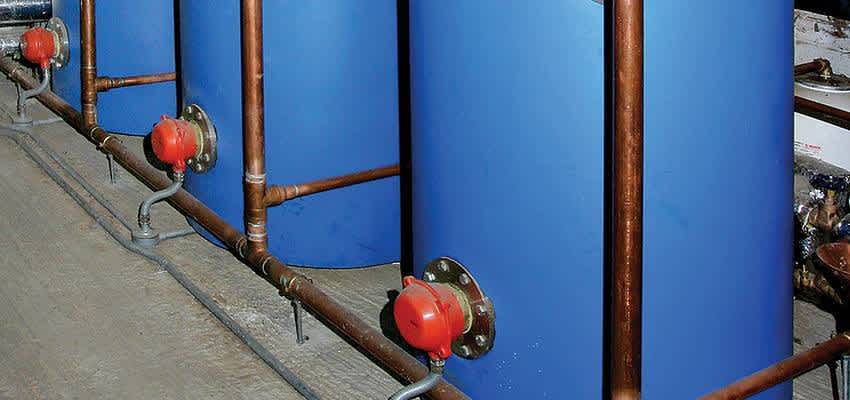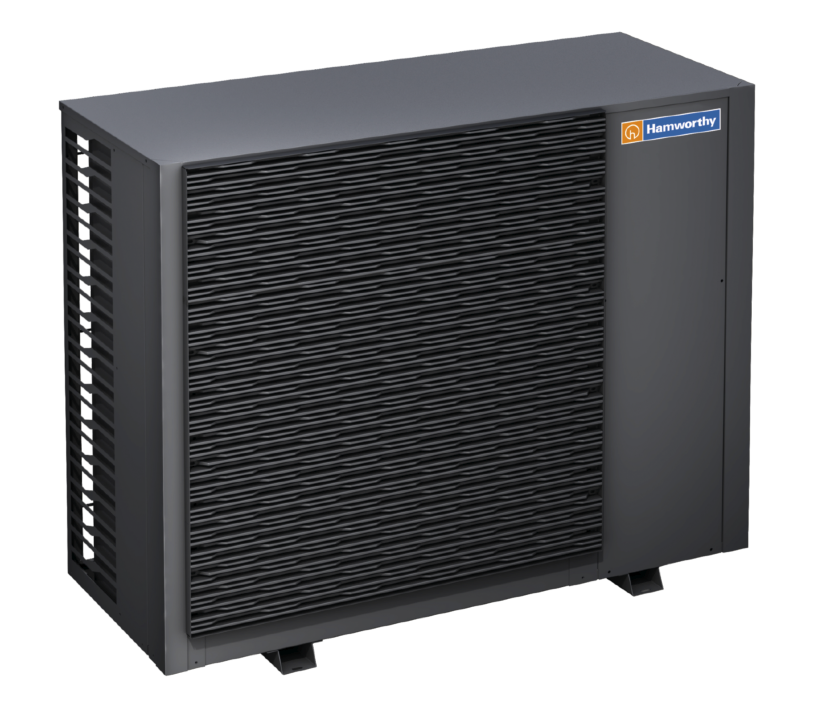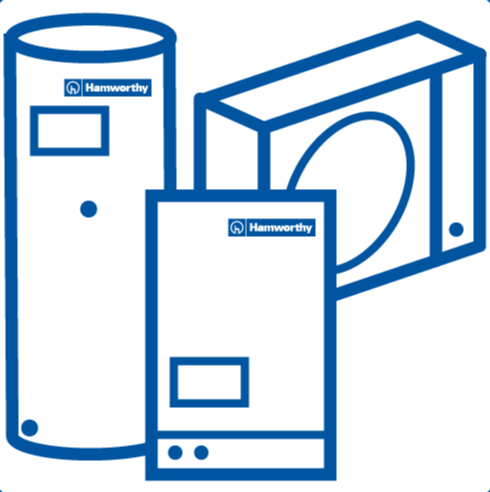How does a calorifier work?
A calorifier is an indirect or direct electrically heated water vessel that provides hot water in a DHW system. A calorifier does not contain its own burner but in the case of an indirect relies instead on an external source of heat, such as a boiler, heat pump or solar collector, to heat the water.
An indirect calorifier is, quite simply, a water cylinder with a coil that is heated by an external heat source. The external heat source heats liquid – for example, water or solar fluid - in a heat exchange coil, usually situated in the lower half of the cylinder. The heat supplied to the coil can be delivered via a boiler or a renewable energy source or both!
Some calorifiers contain two coils that can each be linked to a different heat source – such as a boiler and a solar water heating system. Alternatively, you can join the two coils in series, creating a single coil with an extended surface area for high recovery and output rates. This allows greater control of the heat input and gives you the ability to use alternative energy sources such as a solar collector array.
Indirect-fired heaters take longer to heat water than direct gas-fired water heaters, and so are generally used where hot water demand is not particularly high or is required in peaks – such as in changing room showers or in warmer locations.
Some calorifiers are “direct” (not gas fired) and use electric immersion heaters to heat the water directly, often indirect calorifiers have direct electric immersion heaters as a standby / backup.
Calorifiers used for domestic hot water generation do not require flues or have a gas supply directly connected to them. This makes them simpler to install than direct-fired water heaters. Calorifiers can save space and cost and can provide a larger dump load compared to direct-fired water heaters of the same kW output, particularly in mixed-use buildings.

Additionally, because the calorifier relies on an external heat source, such as a boiler, it requires both proximity and connections to that boiler, which increases the chance of heat losses from the boiler, and associated pipework between the boiler and indirect fired hot water cylinder, or calorifier.
In the past indirect fired systems have a dedicated hot water boiler for heating a calorifier but with modern highly efficient boilers, the same boiler can now be used for both the heating circuit and the domestic hot water system. However, when the space heating is not required – such as in the summer - the boiler would still need to be operating to provide heat for the hot water system.
Learn more about our glass lined twin coil calorifier, here.









